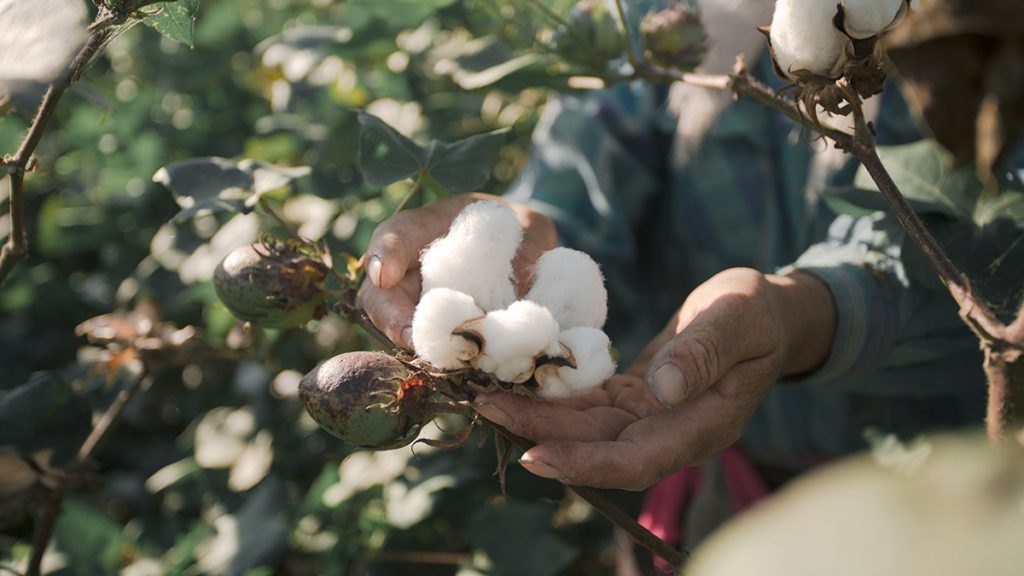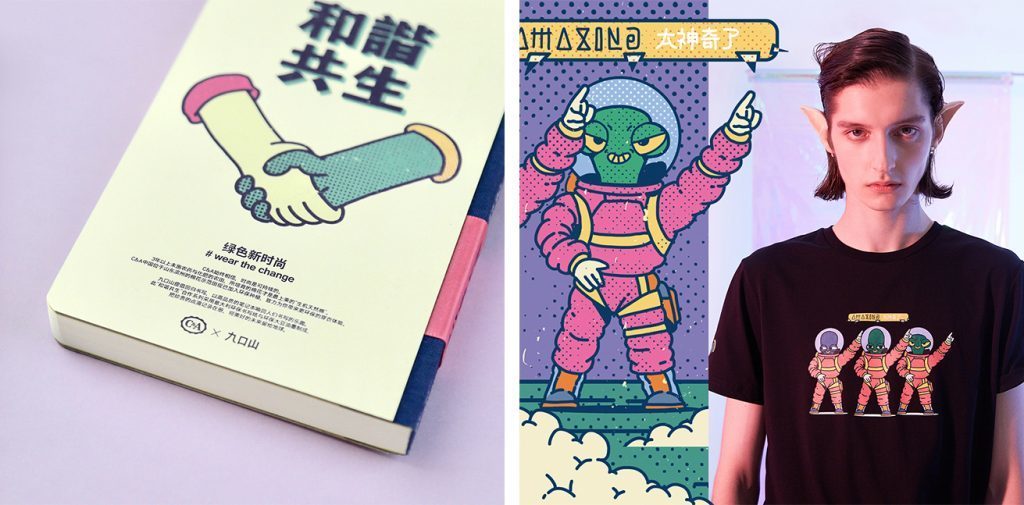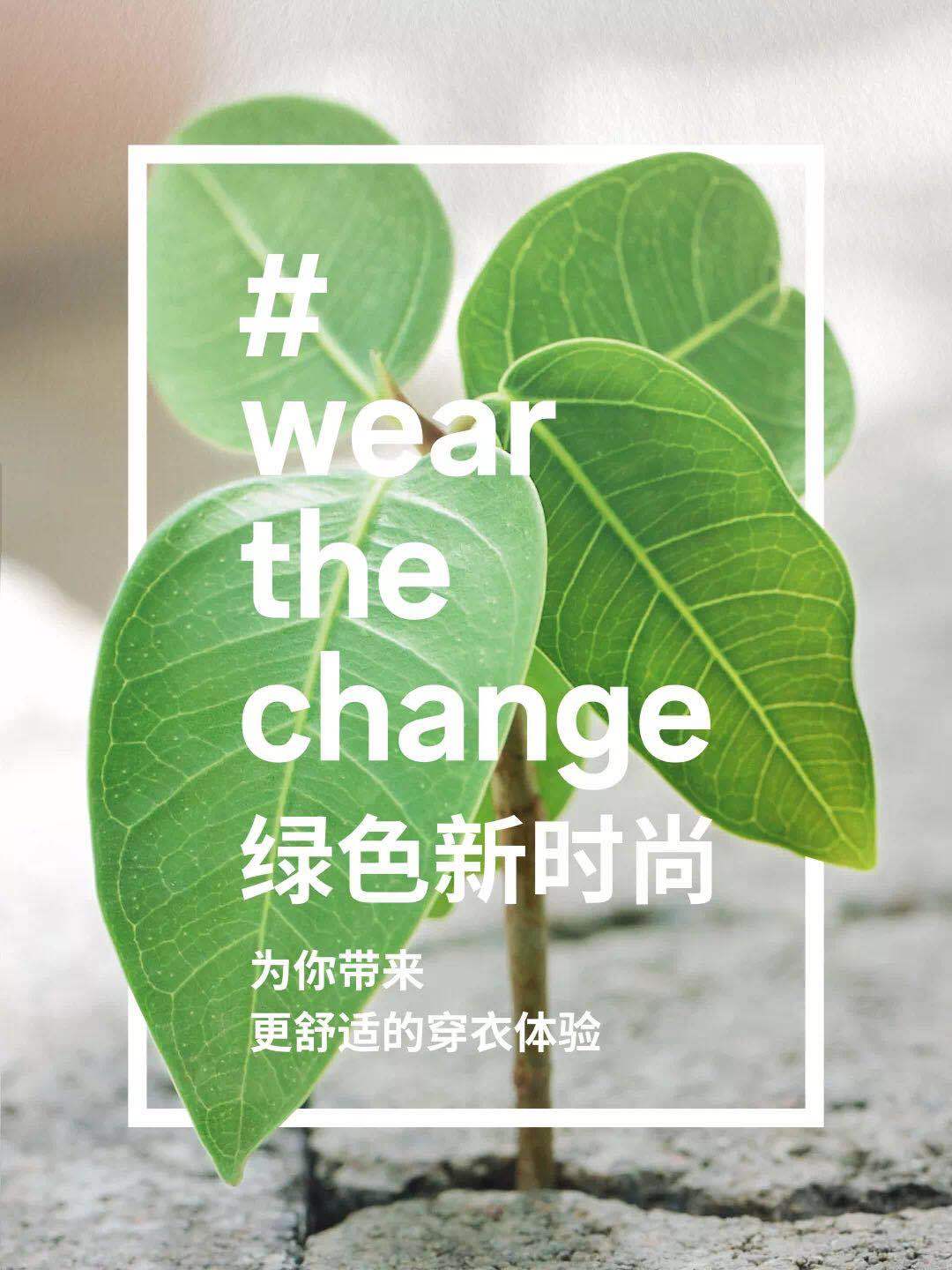INTERVIEW | How Can Fast Fashion Succeed As "Sustainable" In China?
March 17,2020
Firms in the fashion industry are now focusing on the trend of "environmental protection", and many of them are constantly revisiting their "green marketing" strategy by signing fashion and environmental protection agreements, using renewable materials, and implementing old clothes recycling programs.
But how does "green marketing" really work? Is it just not a marketing gimmick? Can fashion brands, especially "fast fashion" brands (which are famous for "fast production, numerous styles and high consumption") really provide "sustainable fashion" solutions?
Luxe.Co recently conducted an exclusive interview with Jeffrey Hogue, C&A's Global Chief Sustainability Officer, who emphasizedТ that "It's not enough for a brand to do it alone -- only by working together can we make more changes."

Based on C&A's sustainability strategy, there is no shortcut to manufacturing sustainable products and being committed to a sustainable supply chain in order to have an impact on a sustainable lifestyle; instead, it requires time, patience and cooperation. Sometimes, slowing down may be the fastest way to get there.
Luxe.CO: C&A first launched #WearTheChange# green fashion event in 2016, and then brought it to China in 2018. So, what has been achieved so far, and what feedback has been received?
Jeffrey Hogue: The #WearTheChange# event is very popular in China and we are pleased to see Chinese consumers connect the event closely with C&A. So far, we have invited consumers to participate in a series of high-quality #WearTheChange# activities that we believe can effectively promote the brand's sustainable products and, at the same time, convey our global commitment to sustainable development.
Luxe.CO: Well, the traditional view is that fast fashion is not a truly sustainable industry because its emphasis on speed tends toТ result in more waste and so on. What kind of sustainable development plan do you think the fast fashion industry needs?Т
Jeffrey Hogue: The trend of sustainable development in the fashion industry is currently approaching its peak, and most international brands, including C&A, have focused on the above challenges and applied significant resources to deal with them. At C&A, we believe that we can create a cyclical model to maintain a perpetual flow of raw materials. This isТ what we call our тCradle to Cradleт solution. Fashion produced from this model can benefit future lives because we promise to use only non-toxic materials in the manufacturing process, which, in turn, will have a positive impact on the environment and society.
Luxe.CO: There will be conflict between sustainable fashion and the commercial market to some extent, which may require companies to make some sacrifices. So, from this perspective, what is C&A doing to ensure a good balance between sustainable fashion and business? Is there an evaluation mechanism that assesses the implementation of sustainable fashion in terms of the business management, operation and organizational structure?
Jeffrey Hogue: We have different views on this issue. When we started the organic cotton certification tour, we had already decided not to pass on the cost of organic cotton to consumers. This decision made our consumers more aware of organic farming and its benefits. In 2005, C&A was one of the only international brands in the world to sell organic cotton at preferred retail prices. The total number of certified products of C&A organic cotton increased from 1 million in 2005 to more than 140 million in 2018. This is a good example of how companies can stick to their beliefs and maintain sustainable development practices in the face of challenges in order to open up the market for organic cotton, and enhance the awareness of the brand's efforts in the field of sustainability.

Luxe.CO: We note that, in terms of fabric R&D and innovation, C&A launches a series of environmentally-friendly fabric products every year, and has also launched a pilot project of organic cotton planting in Shandong, China. Did youТ encounter any challenges during this project, and what did youТ learn from it?
Jeffrey Hogue: Farmers were initially wary of growing organic cotton because of its low yields compared to traditional cotton. We made active efforts in this area, and the most important one was to create a real case where they could see that C&A could guarantee their financial benefits and ensure that the organic cotton they grew would be purchased. After several seasons, farmers found that they did indeed benefit financially from growing organic cotton, while the green raw materials they grew were eventually turned into products sold to Chinese consumers. Now, they are proud to be organic cotton producers and part of sustainable development.

Luxe.CO: What is C&Aтs primary strategy in implementing sustainable development, from design to procuring raw materials, from production to store operations? What are the biggest challenges in China? Is there a specific target for the Chinese market?
Jeffrey Hogue: To control the impact of raw materials in our value chain, we have developed a comprehensive strategy with three pillars: sustainable products, sustainable supplies and sustainable living. We set goals within each pillar of this strategy, and monitor and measure progress through an online sustainability report. The biggest challenge today is how to create an environment for non-traditional collaboration where all brands can work together to address the major impacts in the collective value chain. We believe that the power of a single brand alone is not enough, and we can only bring more change through a joint effort.

Luxe.CO: Brands need to cooperate with manufacturers and fabric suppliers to promote sustainable fashion development. In what aspects do you think brands can promote sustainable development in other parts of the supply chain, for example, design, fabric procurement, partner inspection and other aspects?
Jeffrey HogueяМAs I said earlier, brand collaboration is the key to creating systemic change in the industry. C&A currently cooperates in various fields, including the "Circular Fibers Initiative" launched by the Ellen MacArthur foundation, as well as having a collective focus on the supply chainтs ability to improve the industry.
Luxe.CO: According to a report by Luxe.Co, young Chinese consumers are willing to choose more socially-responsible brands. What changes have you observed to take place in Chinese consumersт consumption preferences and environmental awareness in recent years?
Jeffrey HogueяМWe conduct research on consumer sustainability every year, and the results are consistent with your findings. Т Chinese consumers have a strong sense of sustainability, with a particular focus on healthy living and air quality. However, we also find that few consumers can say which Chinese fashion brand is the most sustainable, which provides an opportunity for either domestic or international brands to interact more and educate Chinese consumers about sustainability.












Comments